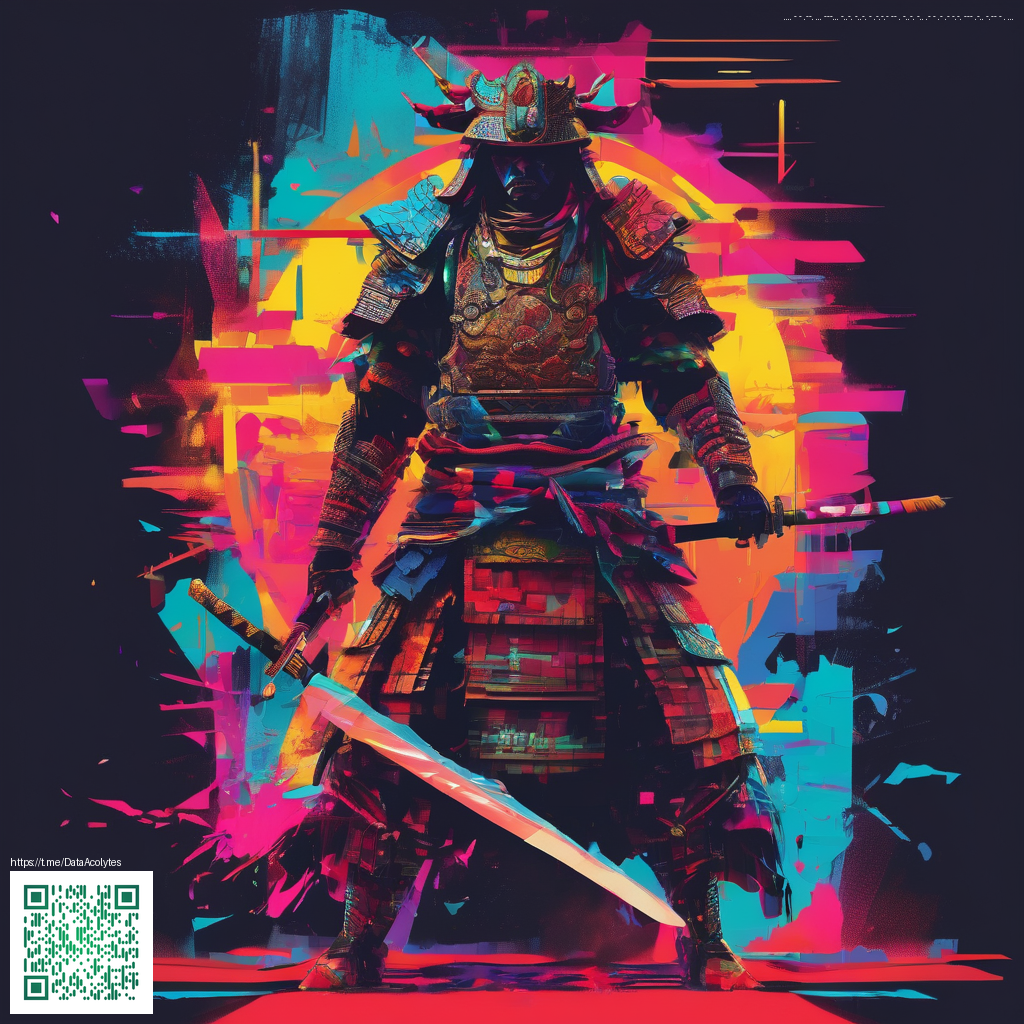
Why aspect ratios matter for printable digital paper
When you're designing digital papers that will be printed, the choice of aspect ratio isn’t just a matter of aesthetics. It determines how your patterns tile, how they crop when users resize, and how much bleed you’ll need to avoid visible seams in the final piece. A well-chosen ratio helps prevent awkward edge crops in cards, scrapbooks, and wall art, and it also keeps your patterns looking intentional across different sizes. In practical terms, selecting the right ratio can save time during production and ensure color, alignment, and edge treatment stay consistent across multiple formats.
Common ratios at a glance
Different projects benefit from different foundations. Here are some practical baselines you’ll encounter in printable digital paper work:
- 1:1 (square) — Ideal for tileable, seamless patterns that repeat without visible seams. Great for scrapbook papers, digital backgrounds, and Instagram-ready textures where uniformity matters.
- 4:3 — A classic, screen-friendly aspect that translates nicely to prints with a traditional feel. Handy for backgrounds that may be cropped by photo frames or cards, while still maintaining balance in landscape layouts.
- 3:2 — A natural fit for photography-inspired designs and landscapes. This ratio mirrors many photo prints and keeps important elements away from edge crops when sizing for A-format papers or standard card stock.
- 1:√2 (approximately 1:1.414) — The backbone of the A-series paper family. It scales predictably from A4 down to smaller cards or up for larger posters, minimizing distortion during resizing and print workflow transitions.
From digital file to printed page: practical considerations
Beyond the math, you’ll want to think about bleed, safe margins, and resolution. For professional prints, aim for at least 300 DPI at the final print size to maintain crisp edges and crisp line work in your patterns. If your design will be tiled across a larger sheet, embed seamless edges that align perfectly when the paper is cut. Consider color management, too; sticking to an sRGB workflow simplifies consistency across monitors and printers, reducing color shifts that can become noticeable after printing.
“The most reliable patterns are built with tiling in mind from the outset—edges match, corners align, and nothing looks off when repeated.”
Practical workflow for choosing the right ratio
Adopting a repeatable process helps you stay consistent across a whole collection of papers. Here’s a straightforward approach:
- Choose a base canvas corresponding to a standard print size you expect to target (for example, a practical square tile for 12x12 inches or a sheet aligned with A4).
- Design at a high resolution (300 DPI or better) and test the seamless tiling in a repeat pattern at different offsets to ensure no hidden seams appear.
- Export in common formats (PNG for crisp edges; TIFF for archival quality) and keep one master file for each ratio to minimize confusion during production.
- Verify the color space remains consistent when moving from digital proofs to print plates or household printers—minor shifts are easier to catch early than after production runs.
For designers who also dabble in tactile testing, consider how a physical reference might inform your digital choices. When testing color vibrancy and edge treatments, a tactile surface such as the non-slip gaming mouse pad neon vibrant polyester surface can provide a quick, hands-on sense of contrast and texture. It’s not a substitute for proofs, but it can help you calibrate bold hues and edge allowances before you go to print. If you’re curious about layout ideas and pattern interactions, this inspiration page can be a helpful companion: coral-images.zero-static.xyz/3d010ef6.html.
When you design with iterative testing in mind, you’ll find that certain ratios lend themselves to smoother production pipelines. Squares excel for pattern repeats; 4:3 and 3:2 work well for card designs and photo-backed papers; and 1:√2 provides scalable versatility across a range of print sizes without requiring constant re-formatting. The goal is to empower creators to focus on color, texture, and composition rather than constant rework of layout and margins.